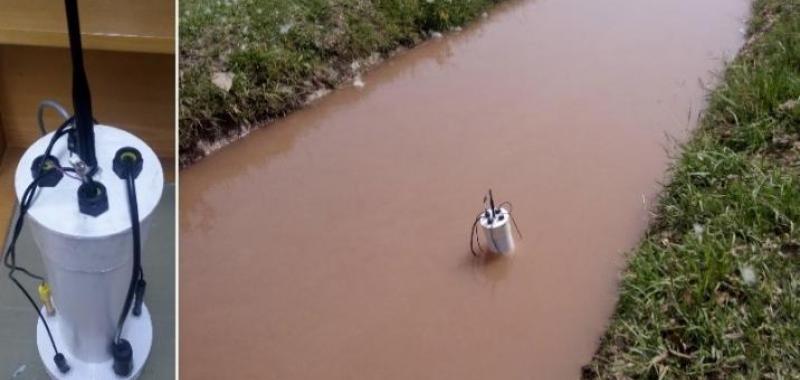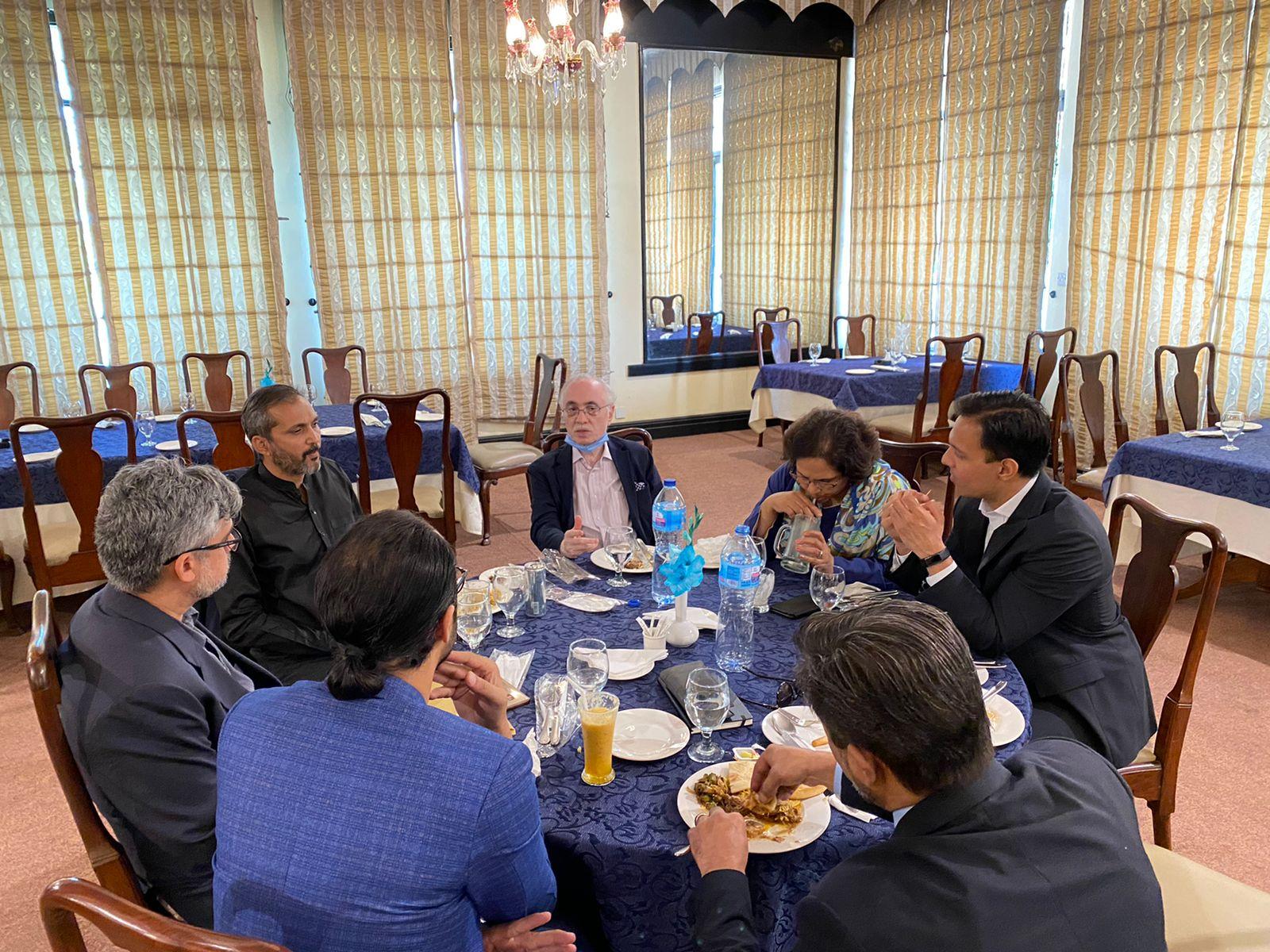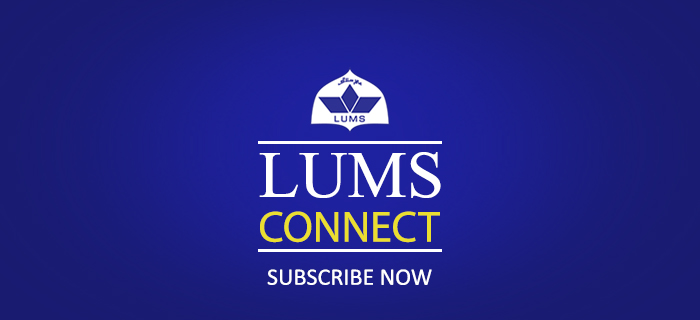
The LUMS Water Informatics and Technology (WIT) Centre researchers, Abubakr Muhammad, Zahoor Ahmad and Rubab Khalid presented their work at the 44th Annual Conference of the IEEE Industrial Electronics Society (IES); IECON held in Washington DC from October 21-23, 2018. Their co-authored paper was titled, Spatially Distributed Water Quality Monitoring Using Floating Sensors.
This study was concerned with monitoring water pollution in canals, drains and rivers as developing countries have poor wastewater management infrastructure. Wastewater from different sources such as urban, untreated industrial waste, agricultural pesticides runoff, and animal waste is frequently dumped into canals, streams and rivers. Thus, resulting in degraded surface water quality, posing adverse effects on the ecosystem and human socio-economic needs significantly.
Highly saline water or low levels of dissolved oxygen can destroy aquatic ecosystems. Furthermore, usage of highly saline water for irrigation may deteriorate soil quality resulting in reduced agricultural yields. Taking into consideration socioeconomic needs of the current and future generations, steps need to be taken to restore water bodies to their natural form. In this regard, measuring tools are needed to help in identifying the main sources of pollution in these waterbodies.
To answer such questions, the researchers developed a Lagrangian Sensor System capable of logging spatially distributed water quality data in real-time from water bodies like drains, canals, streams and rivers via GPS location. It can measure the physico-chemical parameters of water quality such as, pH, dissolved oxygen, electrical conductivity, oxidation-reduction potential, temperature and turbidity. The paper highlighted hardware design, design challenges during development and deployment stage, as well as the first field experiment on the canal.








